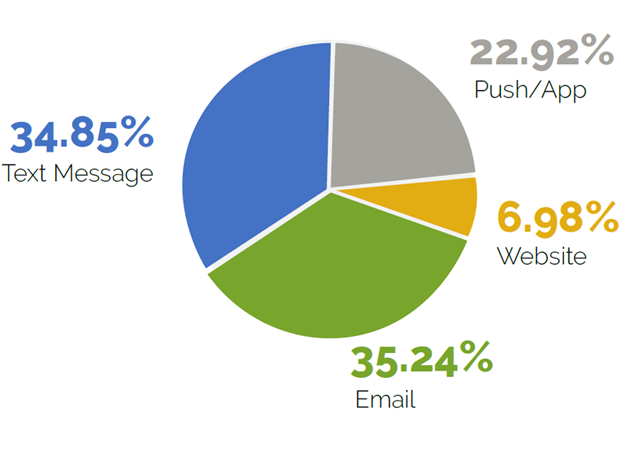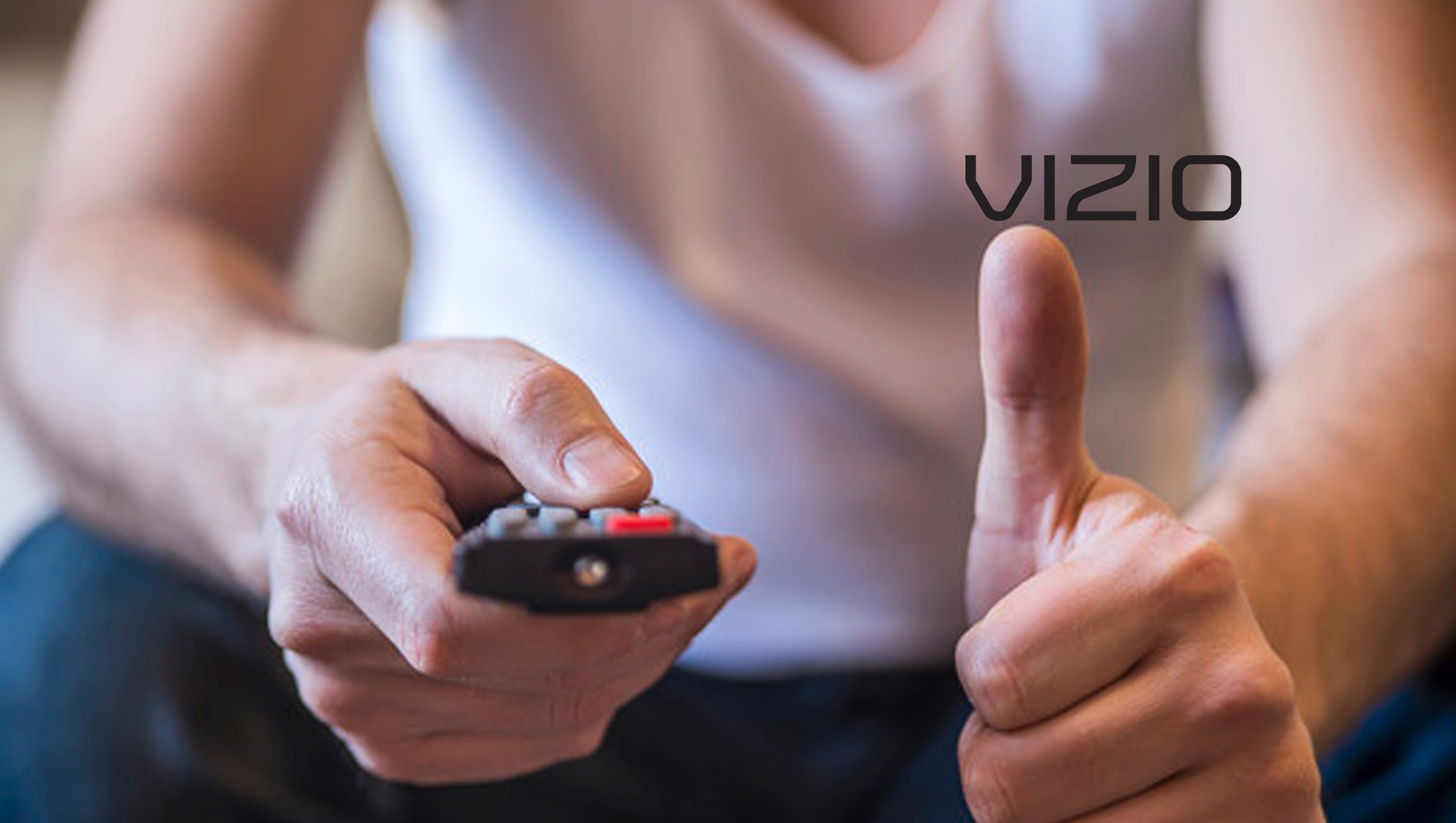Mobile marketing is changing communication preferences.
It’s true in any setting—our best chances of getting our messages across to an audience is by using their preferred communication channels, at the times, and in the places they’re most likely to be attentive to those messages. If your partner isn’t a morning person, it’s not likely your 6:00 a.m. list of items to pick up from the store is going to be acted upon. If your boss prefers text messages to email, which channel do you think you should use?
That same concept is especially pertinent for marketers attempting to connect with consumers of all types. And mobile definitely rules. Through their mobile devices, users have a variety of ways to receive communications—from email, to SMS texting, to apps and social media. Which of these channels do consumers most prefer? That’s a question explored in CodeBroker’s Consumer Mobile Engagement study. Based on a survey of 1,552 US consumers, the survey took a deep dive into communication preferences when receiving marketing messages, coupons and special offers.
Here we take a look at some of the highlights of the research and its implications for marketers.
How Much are Consumers Willing to Share?
You might be surprised. While conventional wisdom suggests that consumers are hesitant to share any personal information, that’s not necessarily true. They’re more than willing if marketers are able to answer that age-old question: “What’s in it for me?”
The Consumer Mobile Engagement survey asked respondents, “When signing up for a retailer’s text message marketing list, are you willing to provide your name and address if you receive a high-value mobile coupon in return?” More than three-quarters of respondents (75.49%) said “yes.”
As retailers continue to look for ways to build high-quality SMS marketing lists, this is great news. By offering your audience something of value to them they’re willing to share additional information such as demographic and geographic data that can help you more clearly understand your audience and, in the future, more closely align your messaging with what they value.
Will Consumers Voluntarily Agree to be Added to a Text Marketing List?
Another commonly held belief in marketing circles is that consumers are woefully hesitant to agree to be added to a text marketing list. Again, that’s not necessarily so according to this research. Respondents were asked: “Have you ever opted into a retailer or brand text message marketing list?” A significant percentage—60.44%–said “yes.”
Perhaps even more notable for retailers, the millennial audience was unanimous in indicating their willingness to be added to a text marketing list—100% of this segment said “yes.”
Your audience, and potential customers, are telling you that text messaging is a powerful channel to help you build a high-quality list, especially the millennial market.
Hard Copy or Mobile Coupons; Which Works Best?
Consumers are used to using hard copy coupons and loyalty cards to gain access to special deals. But is this the best way to prompt them to take advantage of these offers? No. Email and text messages are the most effective way to deliver discount coupons to today’s digital audience.
The consumer mobile engagement survey indicates that 70% of respondents prefer receiving mobile coupons digitally through texts and mobile email. And, while we often hear that email is becoming less effective, it’s interesting to note that responses here were split at almost 50/50: about 35% said email was the best way to receive a coupon; about 35% said text messages were preferred. Push messages via app were preferred by 23% of respondents—only 7% indicated that they’d prefer to receive coupons through a mobile website.

Another key takeaway from these findings: text coupons help to create a sense of urgency for responding to the offer: 85% of those responding to the CodeBroker report revealed that fully 85% of respondents used a text coupon within a week after receiving it. That’s a significant data point that can drive sales dollars directly to your bottom line.
Which Channel is Best? They All Are!
While marketers might be tempted to rely on one channel used exclusively to connect with their audiences, respondents indicate that this would not be the best approach to take—money could be left on the table. In fact, when asked: “What is your preferred way to receive retailer messages on your mobile device promoting sales, discounts, and coupons?” responses were split across channels.
- Email was preferred by 41% of respondents
- Text messaging was a close second choice at 38%
- Push messaging via apps was not quite as popular, but still chosen by 21% of respondents
What this means for marketers and retailers is that taking a multi-channel approach with a mix of messaging channels can yield the best results.
Key Takeaways
- Consumers are very willing to share their personal data when there’s something in it for them
- Digital coupons are far preferred over hard copy
- Text messages can be a great way to build high-quality opt-in marketing lists
- Email continues to be a viable option for delivering mobile coupons to consumers
- Taking a multi-mobile channel approach is the most effective way to resonate with a high percentage of consumers
Loyalty programs can be another good way to connect with, and engage, consumers. The CodeBroker survey also indicates that these programs also can benefit from a multi-channel approach. To learn more about that subject and to see data on survey participant demographics, marketers are invited to download their own free copy of the Consumer Mobile Engagement survey.
About the Author
Dan Slavin is CEO and co-founder of CodeBroker.












Comments are closed.